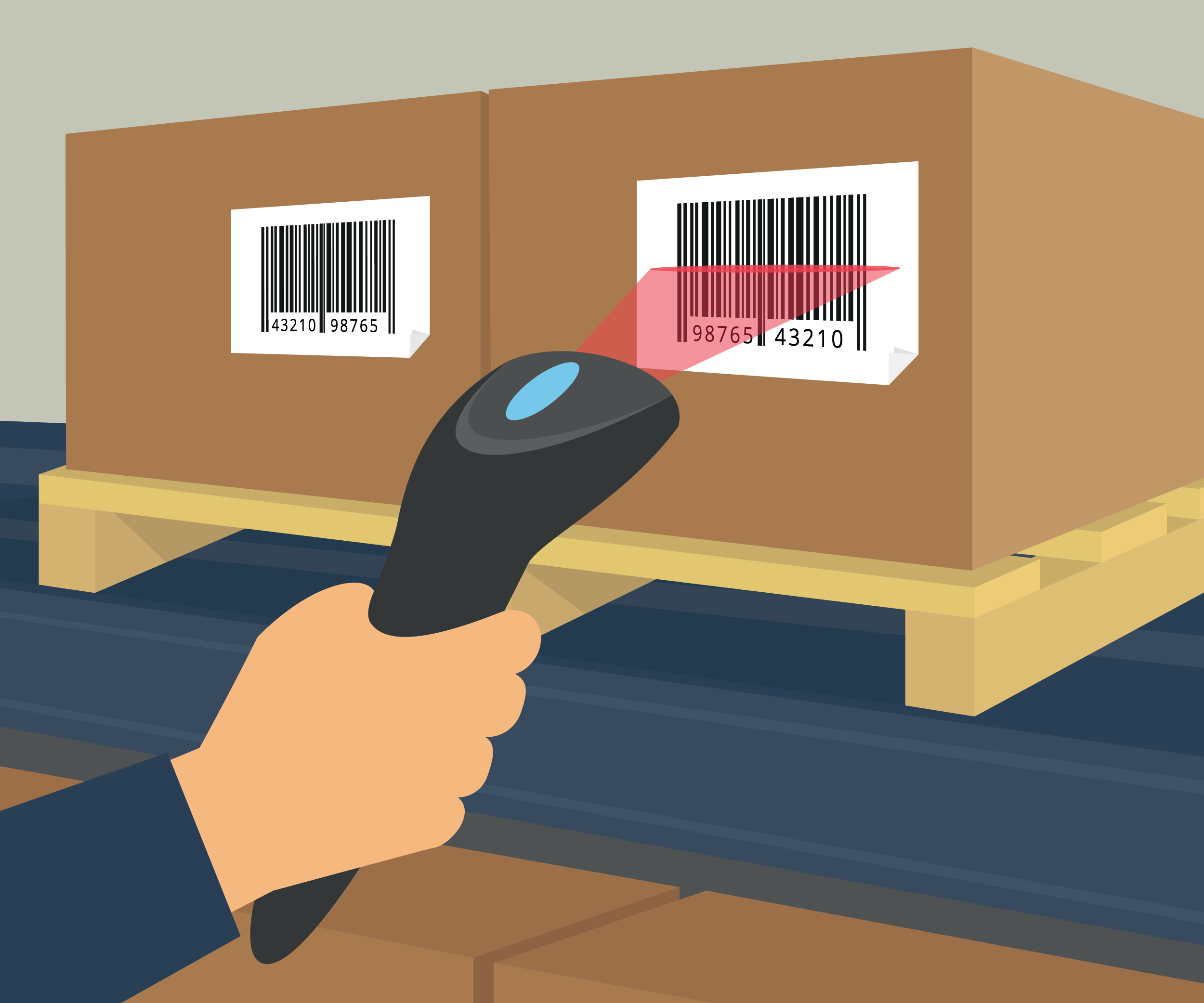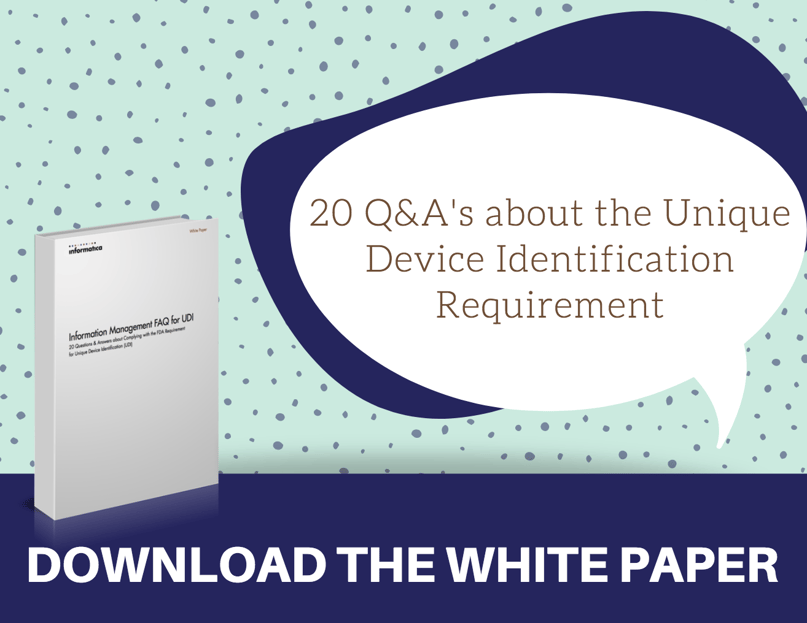
Quick Peek
The Unique Device Identification (UDI) System will benefit healthcare providers, manufacturers, and individual consumers by enabling:
- Faster discovery of flawed medical devices
- Faster recalls
- A reduction in medical errors
- A reduction in counterfeiting
- More informed patient treatment
- A better assessment of device performance
- Improved inventory management
- Doctors to spend more time with patients
- The creation of a world-wide medical device identification system
Unsure what UDI is? We broke it down for you > >
Deep Dive
Faster Discovery of Flawed Medical Devices
When a defective medical device is discovered, it is reported to the Food and Drug Administration (FDA). The FDA receives hundreds of thousands of these reports every year and must determine which are valid, which are single-device flaws, and which constitute a pattern of defects that necessitate a recall.

The medical facilitates submitting these reports are often unsure of when they received the flawed medical device and from which supplier, let alone the manufacture date or batch number. This greatly hampers the FDA’s ability to determine if a reported medical device flaw is a single occurrence or a concerning pattern.
If you’ve ever done a Sudoku, you know patterns are easier to spot when more of the holes are filled in. That is exactly what UDI does. When a flawed medical device is found, the UDI label will show exactly where the device came from, as well as its batch number and expiration date in some circumstances.
Now when the FDA receives medical device reports, they can cross reference UDI numbers and swiftly identify patterns. In this way, the Unique Device Identification system greatly reduces the timeline between the first flawed device identification and the determination that a recall is necessary.
Faster Recalls
Once a medical device defect is discovered, speed becomes paramount. The longer it takes the FDA to pinpoint the date and origin of the flawed devices and announce a recall, the greater the chance of harm or death to a patient.
Without UDI, recalls are a slow and cumbersome process. Determining the point of origin of the flawed device is only the beginning. It is then necessary to find where the faulty devices were shipped, which medical facilities have those devices in circulation, and locate the specific medical devices in the medical facilities’ inventory that are from the flawed batch. This is a lengthy and inaccurate process. Oftentimes, facilities discard large quantities of fully-functional devices in order to be sure that a defective device doesn’t slip through.
With the Unique Device Identification System, medical providers can quickly and easily check if medical devices in their facilities are included in a recall, and remove those devices from use. UDI eliminates all guesswork, so hospitals no longer need to guess which medical devices came from the affected manufacturer during the recall dates. They simply scan a barcode and know for certain if the device has been recalled.
Furthermore, UDI will allow companies to formulate more accurate recalls. Before UDI, when flawed medical devices were discovered it was problematic to pinpoint exactly when the device was manufactured and shipped out. This meant companies were forced to cast wide nets for their recalls, often recalling month upon months for a single device.
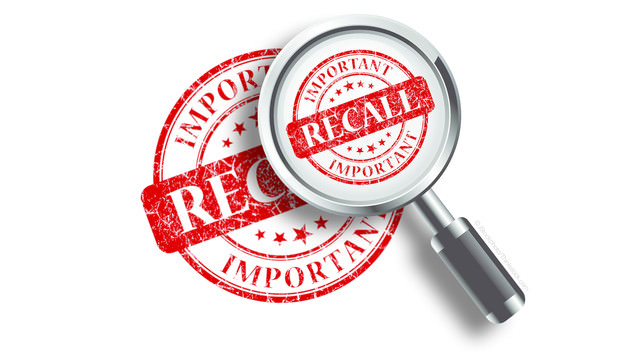
For example, the FDA recalled an OriGen catheter due to an identified flaw that could cause “serious injuries or death.” This recall included products distributed from August 14, 2014 to November 29, 2016. That is over an entire year of catheters. This range of dates was so wide because the company needed to ensure that all affected devices were recalled in order to prevent harm coming from patients.
With UDI, OriGen would be able to examine the flawed medical devices and track them back to the manufacturer to more specifically identify when the flaw occurred. If a medical device recall could be pinpointed to specific weeks rather than months or years, it would save massive amounts of time and money and reduce the number of functional medical devices that are thrown out.
Reduction in Medical Errors
By providing specific information regarding device characteristics, the Unique Device Identification barcode makes it easy for healthcare professionals to accurately identify medical devices. This cuts down on time and prevents confusion regarding different medical device models.
Clear USI labeling also allows for an additional level of verification before a medical device is used or implanted in a patient. This extra authentication helps prevent mix-ups, which can have deadly consequences. In some cases, UDI will also ensure that expiration dates are clearly displayed on individual medical devices, instead of only being recorded on the box that the medical devices were shipped in.
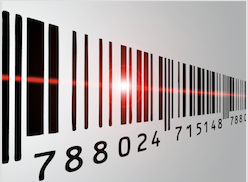
Also consider that over half a million people in the U.S. have knee replacements each year and another half a million Americans undergo heart stent implants. Before UDI there was no way to track these implanted medical devices. This meant that a surgeon could go into surgery without knowing which model of heart stent or knee implant he was dealing with. With the Unique Device Identification System, doctors now know their patient’s medical device manufacturer, model, lot number, and expiration date, among other details.
Reduction in Counterfeiting
According to the World Health Organization (WHO), over eight percent of medical devices currently in circulation are counterfeit. These devices may have fake parts, toxic materials, or be constructed from low-quality materials. Over 30 million dollars in counterfeit medical products were seized in 2009 by U.S. customs, and counterfeit medical products is a trend that is on the rise.
UDI fights counterfeiting with its in-line scanning technology. UDI barcodes lock a medical device into a chain of custody process. With UDI, medical devices are controlled from the manufacturer, to the distributer, to the healthcare provider, all the way to patient use. This means medical devices are confirmed at multiple checkpoints, greatly reducing the possibility of sneaking a counterfeit device into the supply line.
More Informed Patient Treatment
The more information a doctor has, the better they can respond to a patient’s unique needs. This is evident in the case of an emergency, but it also holds true if you switch to a new healthcare provider or if your doctor is out on vacation. UDI ensures that all information regarding an implanted medical device is retained.

-Dr. Joseph Drozda, Cardiologist and director of outcomes research at Mercy
Better Assessment of Device Performance
UDI is creating a massive amount of trackable data for medical devices. By creating a common vocabulary, medical device information can be used to construct real-time analytics regarding cost, recalls, and waste. Doctors will be able to assess medical implants by looking at the health outcomes by the model of device, the hospital where it was implanted, and in some cases the physician who performed the surgery.
-Dr. Joseph Drozda, Cardiologist and director of outcomes research at Mercy
This wealth of product information could also be leveraged to discover new uses for products. Manufacturers could tap into claim data produced by UDI and use this evidence to increase their target markets.
Improved Inventory Management
Once all medical devices have a scannable barcode, inventory will no longer be an arduous process that is vulnerable to human error. This empowers healthcare provides to reduce waste, audit inventory more regularly, and more effectively stock their facilities.
Health care providers can even share their inventory information with their distributers and manufacturers and help manufacturers avoid overproduction. In this way, UDI would clarify the demand for certain medical devices and help manufacturers more accurately determine production.
-Dr. Joseph Drozda, Cardiologist and director of outcomes research at Mercy
More Time with Patients
A study in the Annals of Internal Medicine revealed that doctors only spend 33 percent of their workday interacting with and caring for patients. For each hour of patient interaction two additional hours are used for paperwork and data entry. Doctors also average an additional 90 minutes of work at home, spent largely on data entry.
The more we automate data entry and electronic medical records, the more time physicians can spend with their patients. Instead of manually filling out device information on forms or trying to hunt down the model of a certain medical device, the scannable and readable UDI label makes this information readily available.
-Dr. Joseph Drozda, Cardiologist and director of outcomes research at Mercy
A World-Wide Medical Device Identification System
Dr. Robert Rea, a cardiovascular disease specialist at the Mayo Clinic, pointed out that, “Currently the healthcare industry does not have a system in place to track medical devices worldwide.”
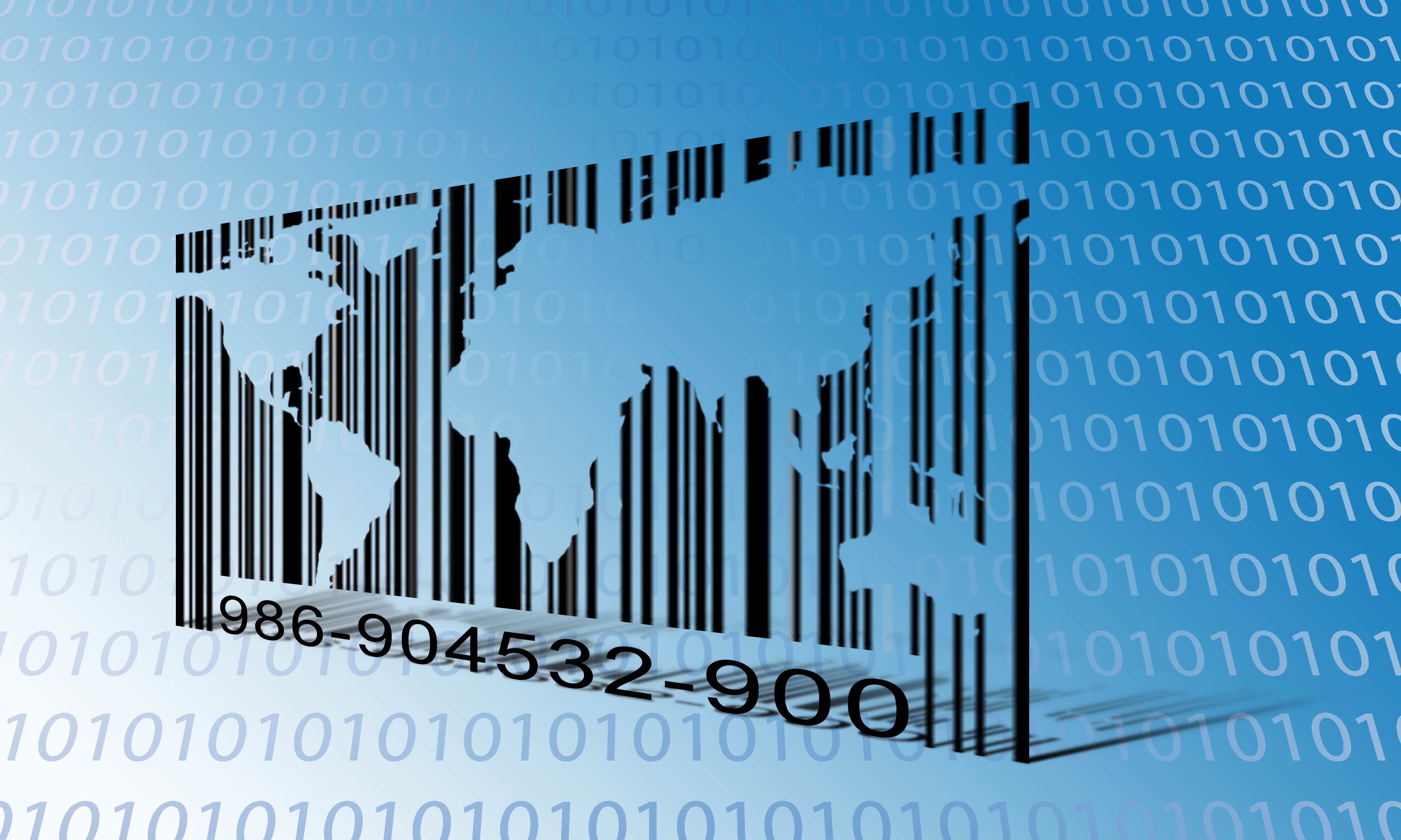
While the United States passed specific UDI legislation, not all countries have rules regarding medical device labeling. The UK’s National Health Service published UDI rules in 2014, but many countries still have lax regulations in this area.
The ultimate objective for UDI advocates is to implement a global program that would monitor, recall, and analyze medical devices on every continent. By creating a universal language, the benefits described in this article would spread across the globe. The FDA has created a Global UDI Database (GUDID) to bring the medical community one step closer to achieving this goal.
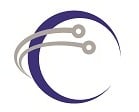
Posted by PDI Marketing Team
Pacific Data Integrators Offers Unique Data Solutions Leveraging AI/ML, Large Language Models (Open AI: GPT-4, Meta: Llama2, Databricks: Dolly), Cloud, Data Management and Analytics Technologies, Helping Leading Organizations Solve Their Critical Business Challenges, Drive Data Driven Insights, Improve Decision-Making, and Achieve Business Objectives.

